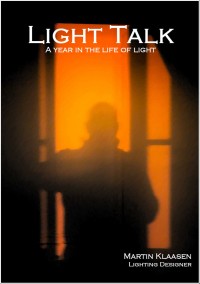Becoming a lumen being!
Singapore, 6th November 2014
Part of the development into the new LED age is finding ways to express lighting performances in understandable, comparable and communicable ways and one of the biggest hurdles in LED world has been the assessment and comparison of lighting performances. So far most manufacturers, probably driven by the need to show of sustainability and energy saving in justification of the LED proposals, have been using the power consumption (Watts) as principal indicator sometimes combined with the lumen output (lumens/watt). The main challenge for every designer being the near impossibility to get a just feel of the lighting effects and the intensity. Specifying based on watts alone does not give you enough information to confidently predict its lighting result. Using the lumens per watt does give you a good measure of efficiency but most of the time these are ideal LED chip values and not actual light fitting outcome measurements.
Now some of the leading and trendsetting LED manufacturers are starting to use the actual lumen package as reference and start developing standard packages. If the efficiency due to technological progress increases the idea is that the lumen output remains consistent, but the power consumption needed to achieve this reduces. Like we used to have standard wattages in the conventional technologies like 40, 60, 75 or 100 Watts for incandescent, or 20, 35 70 or 150 Watt for metal halide with more or less typical lumen packages, in LED world today we will now start to see standard lumen packages for down lights. For instance we can have 400, 800, 1200, 1500, 2000 lumen down lights, with varying wattages depending on the efficiency of the applied LED technology and optical system. This will then come in typical beam ranges from super narrow (say 6-10 degree), narrow (10-15 degree), medium (15-25 degree), flood (25-35 degree) and wide (35 and above). This will make the selection and specification process for lighting designers much easier and allow for a much tighter result then previously. Way to go! We need to become lumen beings again! 🙂
Light Watch 5-189: Today some graphs to give an idea of how things are moving in LED lumen world and the variety that exists between individual LED brands…





 The long awaited book compilation of Martin's first year of blogging is available. Order now.
The long awaited book compilation of Martin's first year of blogging is available. Order now. Feedspot Top 100 Lighting Blogs
Feedspot Top 100 Lighting Blogs